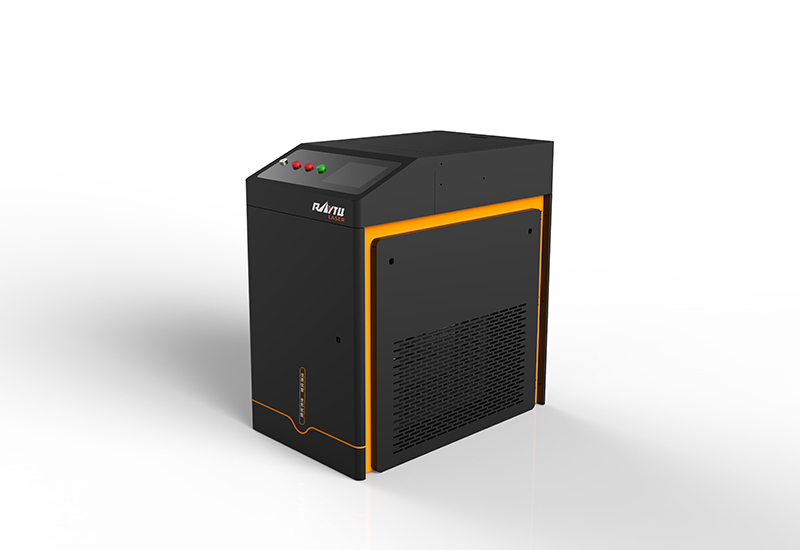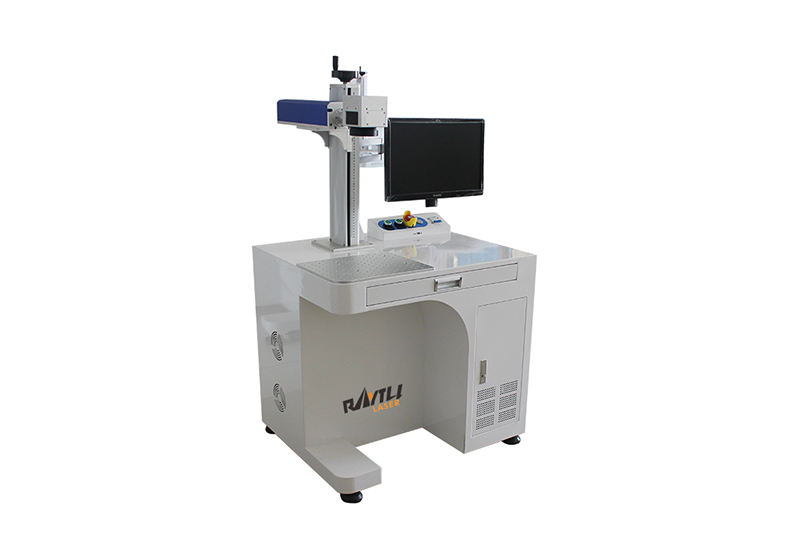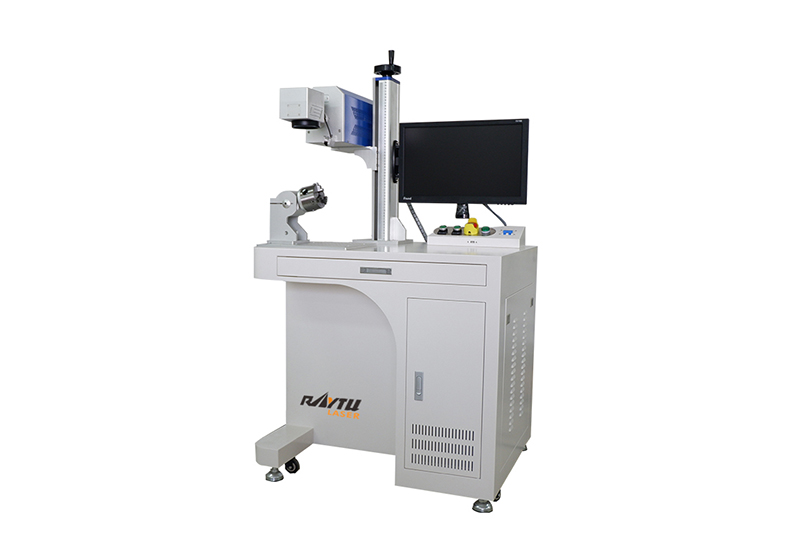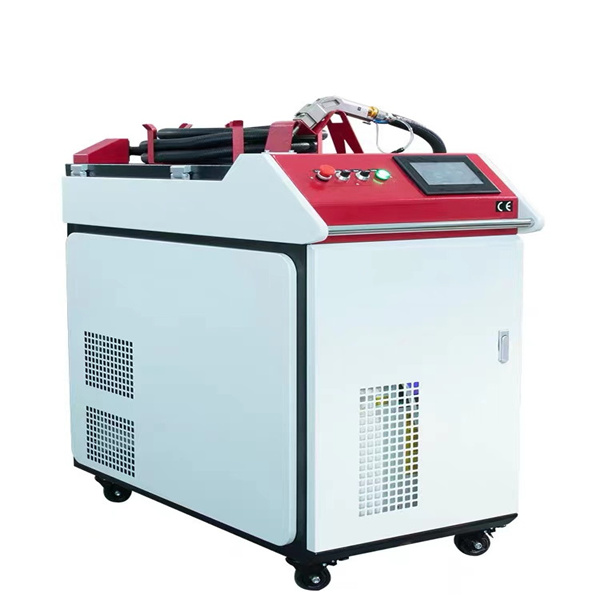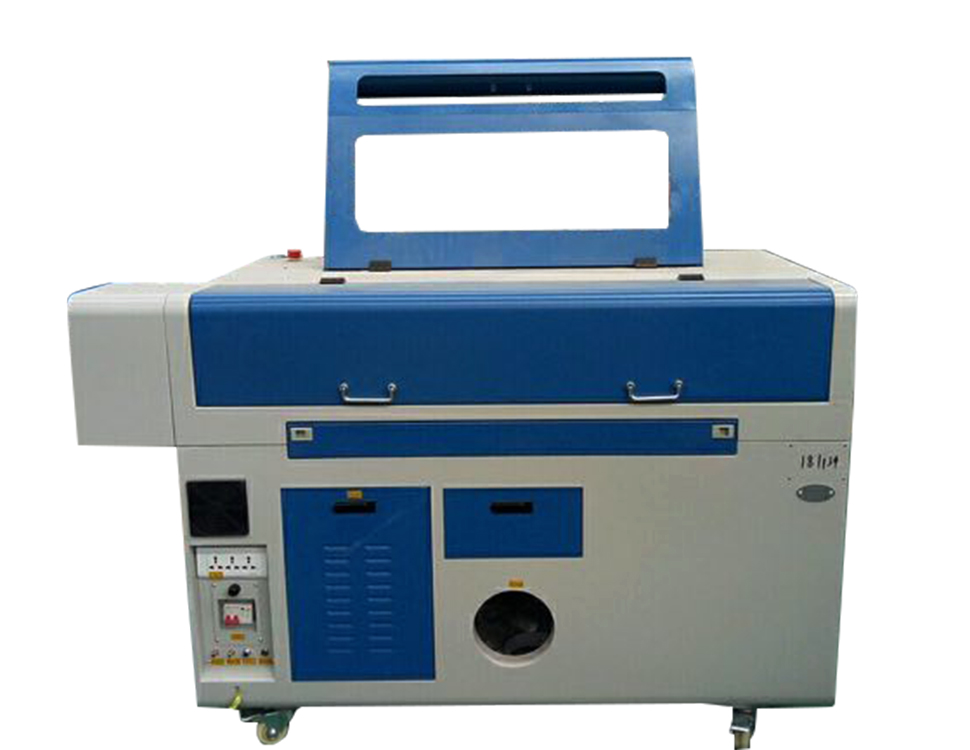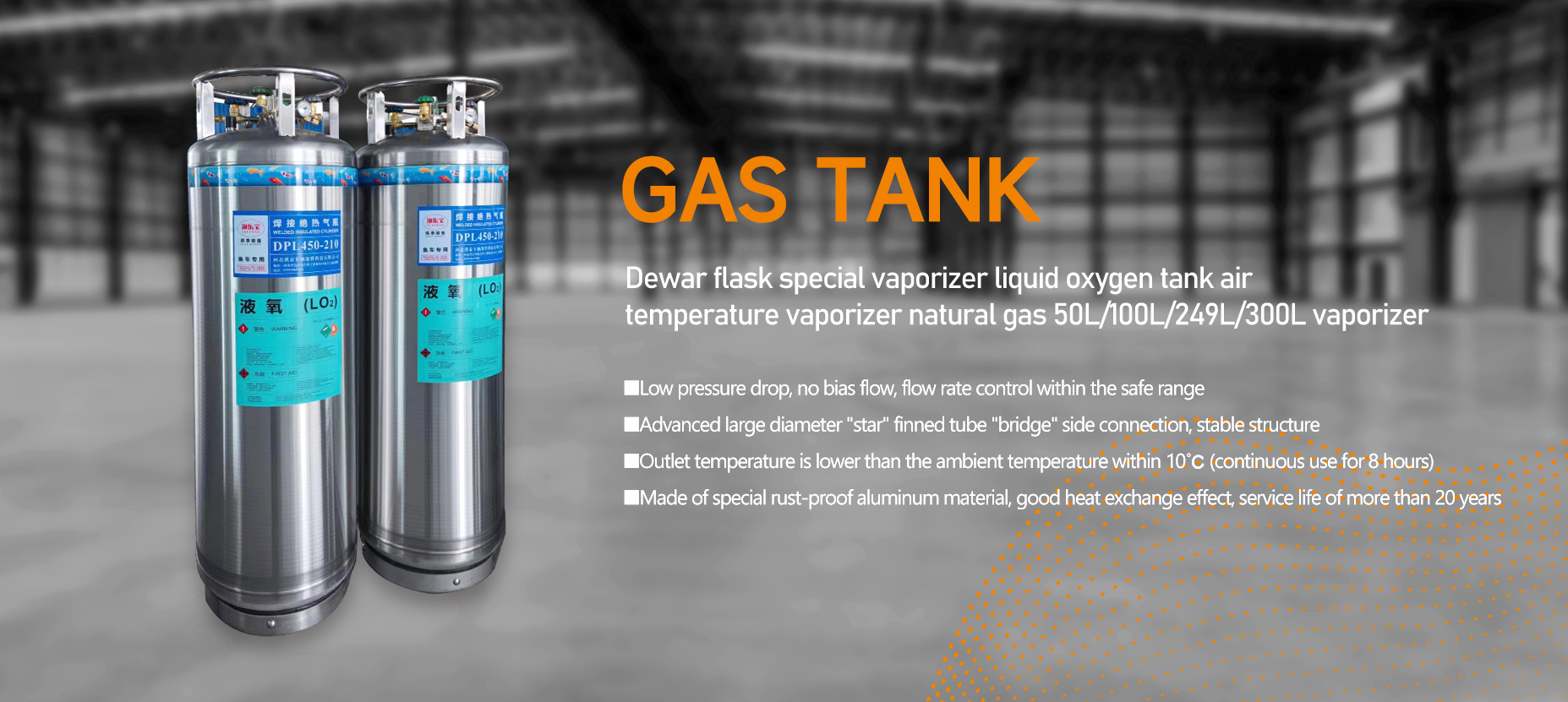+86-531-88239557
-
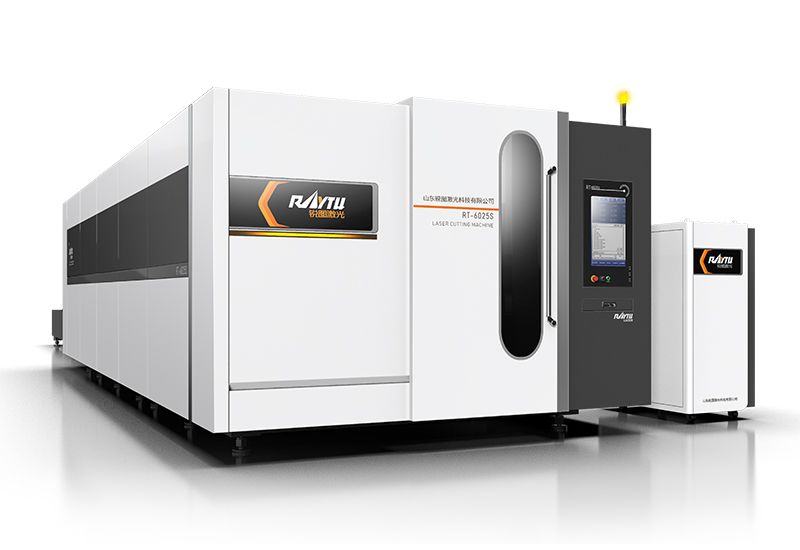 High Power Fiber Laser Cutting Machine
High Power Fiber Laser Cutting Machine
-
 High Power Fiber Laser Cutting Machine
High Power Fiber Laser Cutting Machine
-
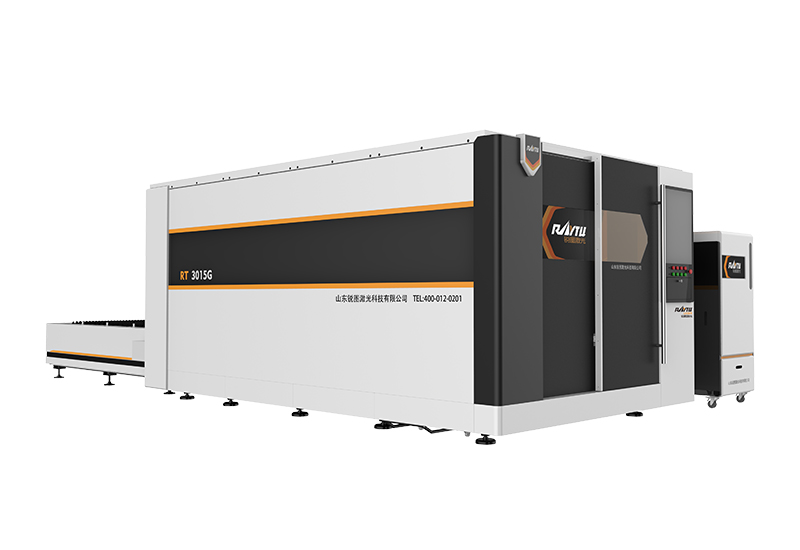 Enclosed Fiber Laser Cutting Machine
Enclosed Fiber Laser Cutting Machine
-
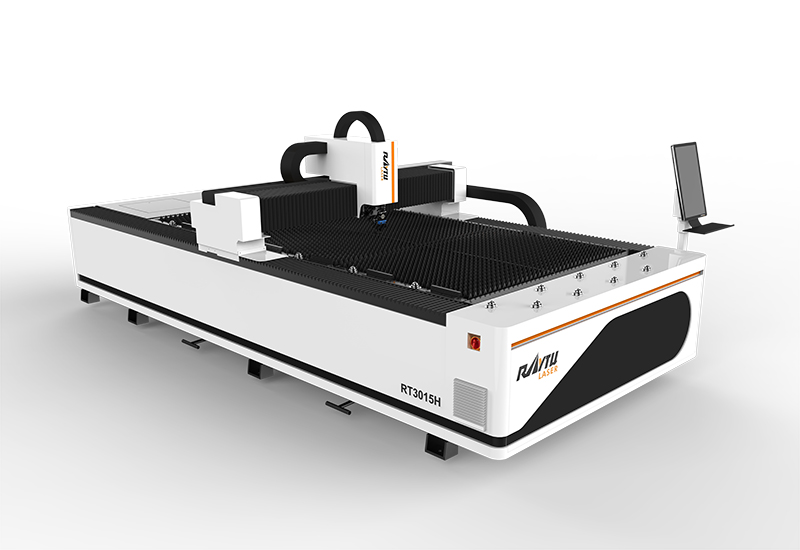 Sheet Metal Laser Cutting Machine
Sheet Metal Laser Cutting Machine
-
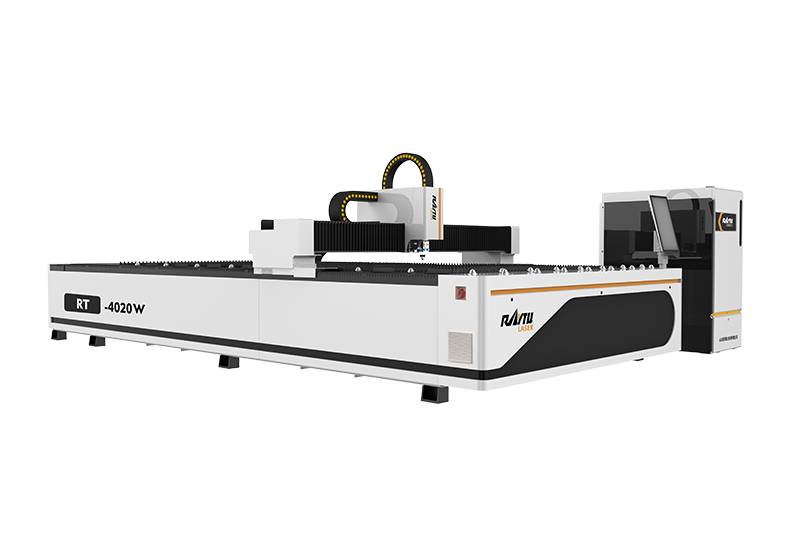 Medium Power Metal Laser Cutting Machine
Medium Power Metal Laser Cutting Machine
-
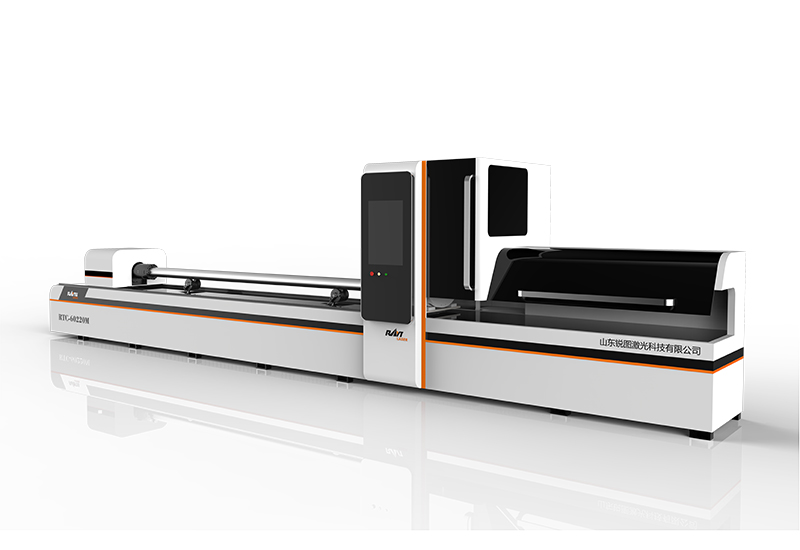 Automatic Tube Laser Cutting Machine
Automatic Tube Laser Cutting Machine
-
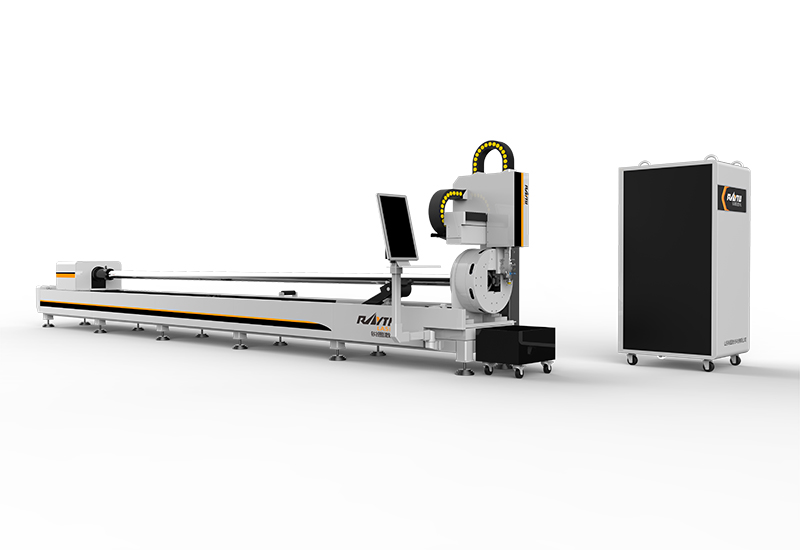 Professional Pipe Laser Cutting Machine
Professional Pipe Laser Cutting Machine
-
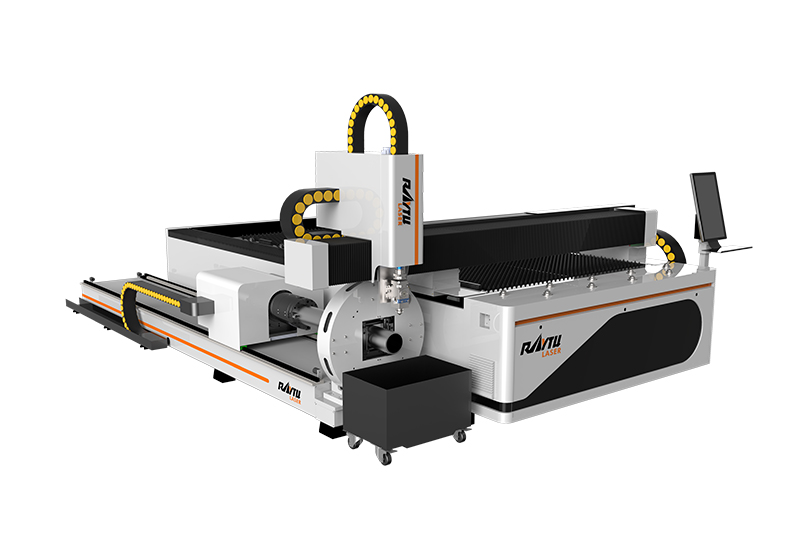 Sheet & Tube Laser Cutting Machine
Sheet & Tube Laser Cutting Machine






 EN
EN ES
ES RU
RU AR
AR